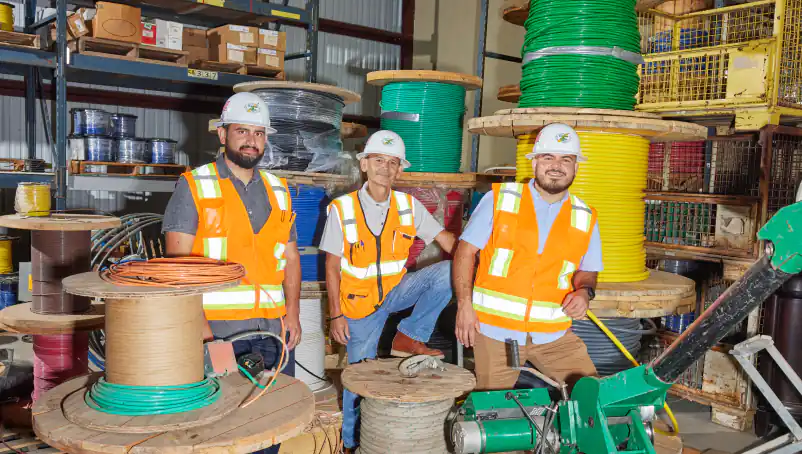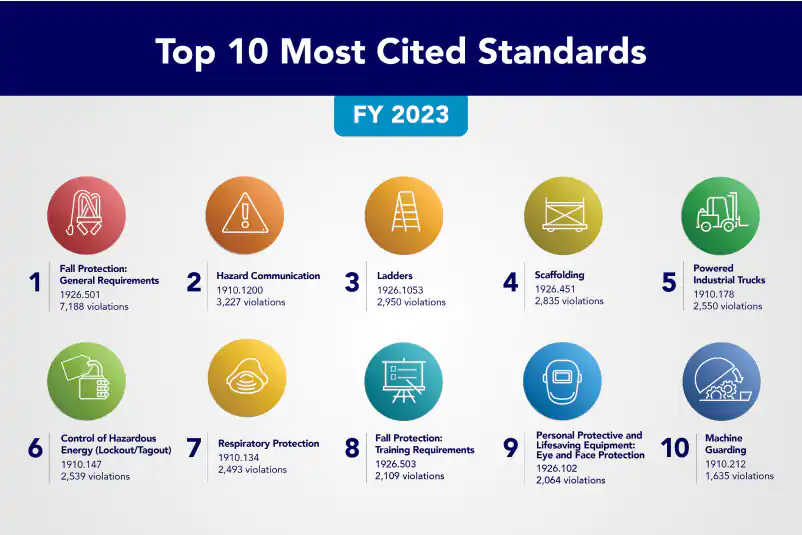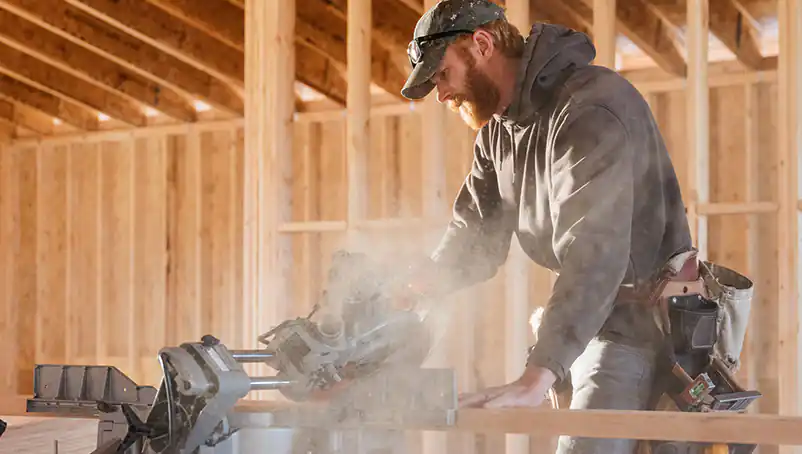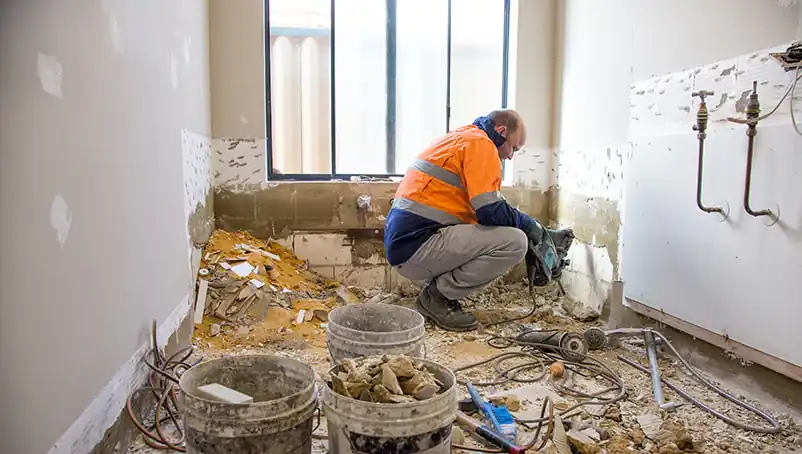(Source: OSHA)
Business owners can also build safety into their everyday operations by conducting toolbox talks or regular inspections.
2. Delays and scheduling issues
Construction projects often face delays, resulting in increased costs and potential contractual disputes.
Common construction delays include:
- Inclement weather. Includes heavy rain or extreme temperatures.
- Labor shortages. Caused by skilled worker scarcity or unexpected absences.
- Equipment failures. These are breakdowns or lack of maintenance.
- Supply chain disruptions. Includes delayed material deliveries.
Effective project planning, contingency plans, and open communication with all stakeholders can help reduce these delays.
3. Cost overruns and budgetary issues
Cost overruns are a common challenge in construction projects. It’s so common that a three-year study from KPMG indicates that only 31% of projects come within 10% of the original budget.
Overruns can result from inaccurate initial cost estimation, unexpected expenses, design changes or poor project planning. Unforeseen site conditions, such as finding hazardous materials (e.g., lead or asbestos) or encountering unexpected jobsite challenges, can also contribute to increased costs.
Proper project management, diligent cost tracking, regular budget reviews, and accurate cost estimation during the planning phase can help mitigate the risk of cost overruns.
4. Environmental and regulatory compliance
Construction projects must comply with environmental regulations, permits and local building codes. Failure to meet these requirements can result in fines, project delays and reputational damage.
Environmental compliance involves managing waste disposal, controlling water runoff, and reducing harmful impacts on ecosystems. Regulatory compliance includes getting necessary permits, adhering to zoning restrictions and ensuring worker safety standards.
Business owners can engage with environmental consultants, conduct regular inspections, and stay updated on regulatory changes, which can help lessen compliance risks.
5. Quality control and workmanship issues
Poor technique, substandard materials and inadequate quality control measures can lead to construction defects, operational inefficiencies and safety hazards. These issues arise from insufficient training, lack of supervision, or rushed work.
Business owners can reduce these risks by implementing robust quality control processes and conducting regular inspections. Also, ongoing training and education for workers can help ensure high-quality work.
6. Contractual disputes and legal issues
Construction projects involve multiple parties. Unsurprisingly, disputes can arise from just about anything, including contract terms, payment issues, scope changes, or project delays.
These disputes can lead to costly legal battles, strained relationships and project disruptions.
According to a report from engineering consulting firm Arcadis, the most common cause for construction disputes in North America in 2022 was errors and/or omissions in the contract documents. Having clear and well-defined contracts and effective communication can help reduce disputes.
Similarly, identifying and resolving issues through mediation or other resolution methods can minimize legal complications.
7. Unforeseen site conditions
Unexpected site conditions can impact project timelines and costs. These conditions may include unstable soil, hidden underground utilities or even archaeological discoveries.
The consequences of these unearthings can be severe. They might require design modifications, additional excavation work or hiring specialized contractors — all of which add up to more time and money.
Sometimes, there’s not much that you can do, but you can take steps before starting a project to save you from headaches later. Conduct thorough site investigations beforehand, including geotechnical surveys and locating utilities, to help identify potential challenges.
8. Supply chain disruptions
Your business relies on a complex network of suppliers and vendors. Disruptions in the supply chain, such as material shortages, transportation issues, or labor disputes, can impact project timelines and costs.
While the industry has recently seen more stabilization compared to 2021 and 2022, builders aren’t out of the woods yet. Disruptions can lead to delays in material deliveries, increased material costs, or the need to find alternative suppliers.
Maintaining strong relationships with reliable suppliers and having contingency plans for potential disruptions can help reduce the impact of these disruptions.
How NEXT contributes to successful project completion
NEXT Insurance provides business insurance coverage specifically tailored for the construction industry. Our policies can help mitigate risks by offering protection against property damage, liability claims, worker injuries, and other unforeseen events, as well as providing peace of mind and financial security.
You can start a quote, customize your options and access your certificate of insurance online in about 10 minutes.
Start your instant quote today.







